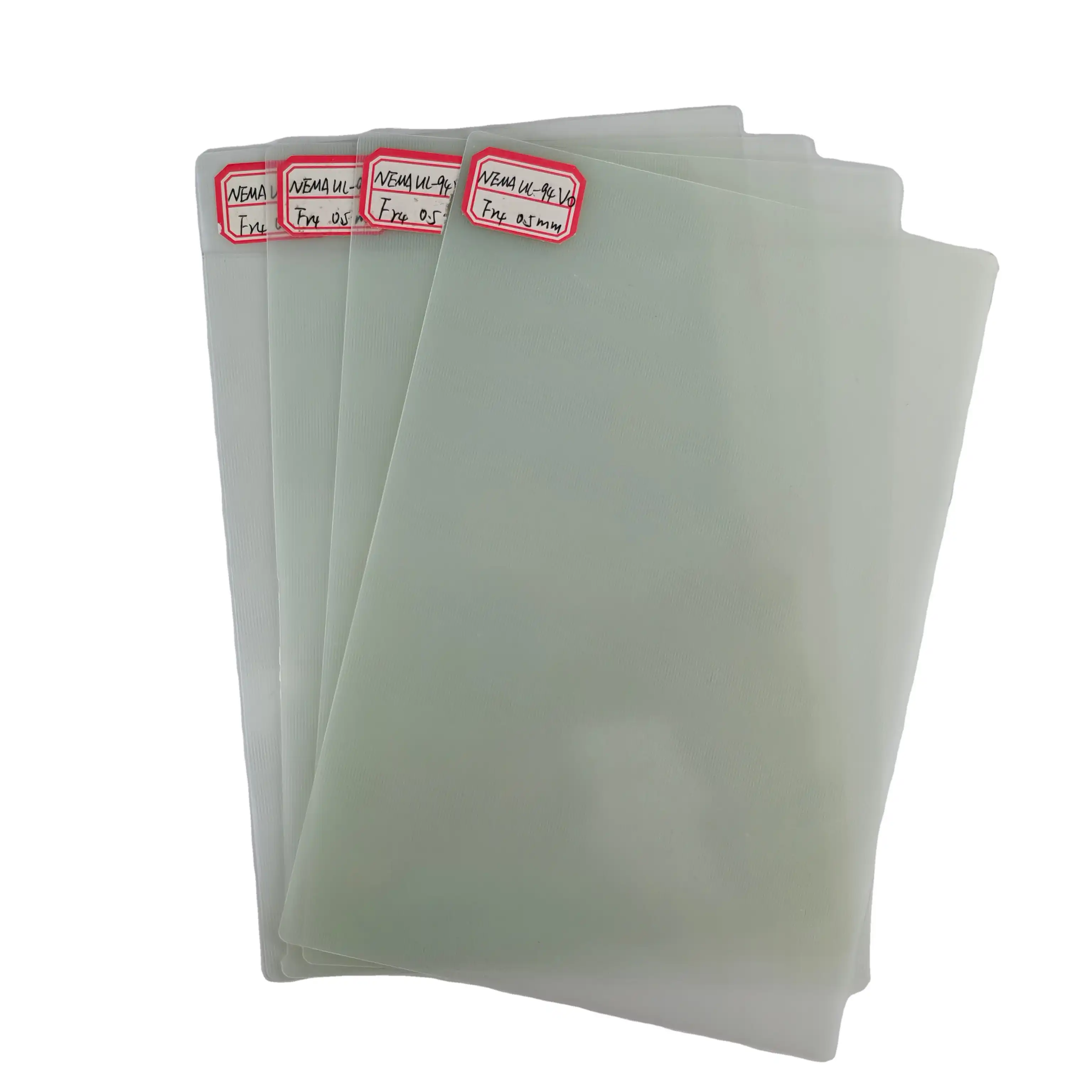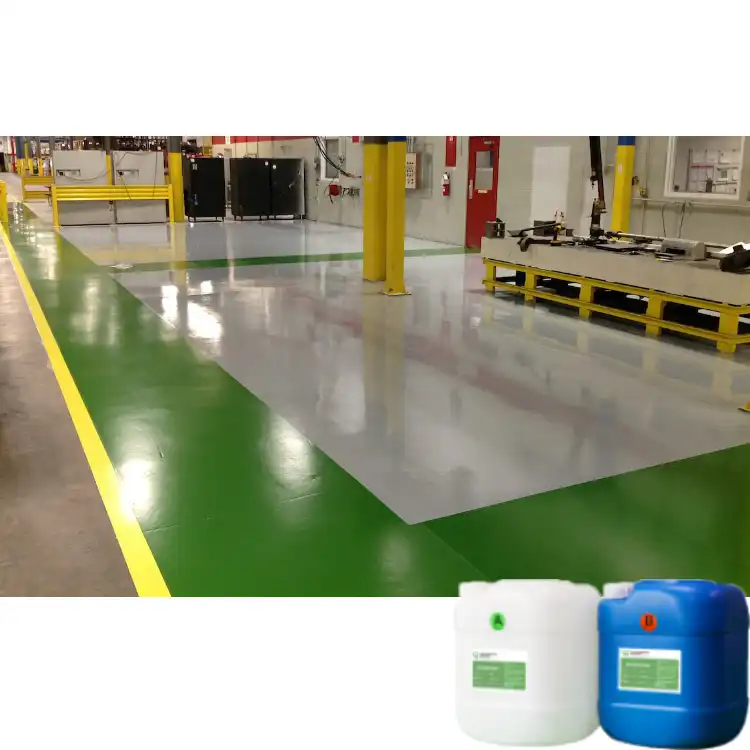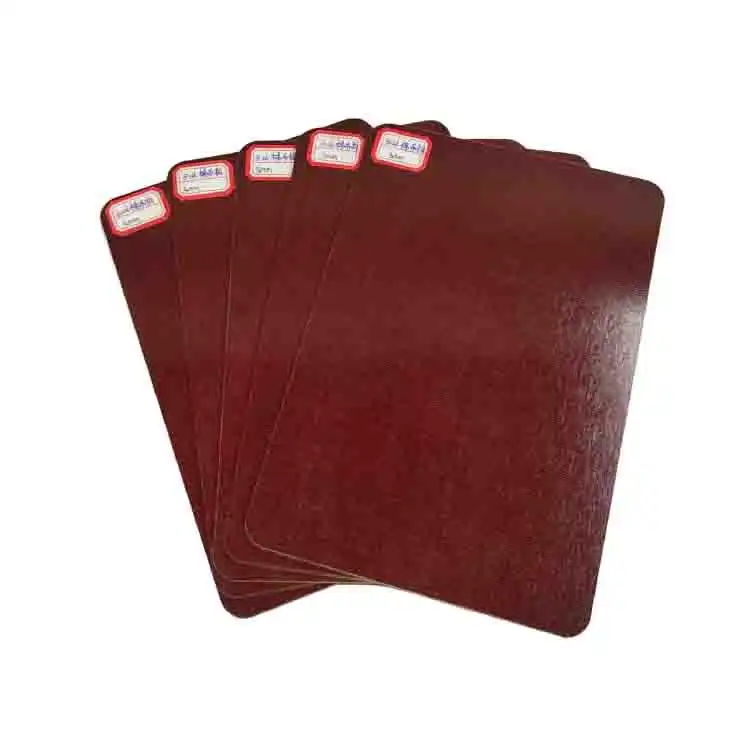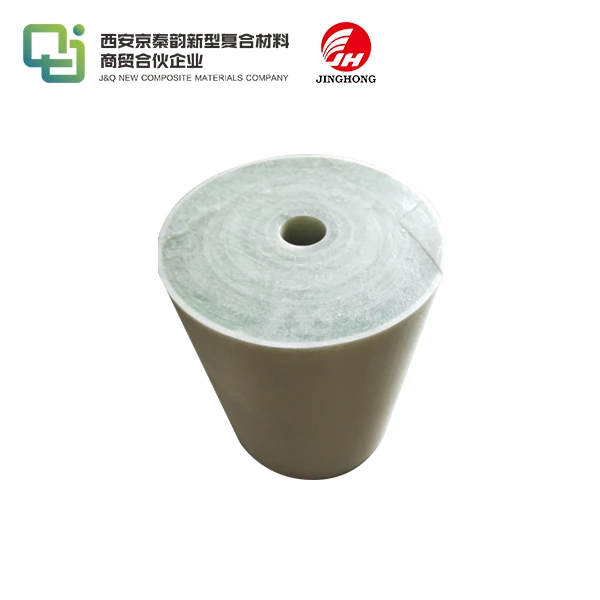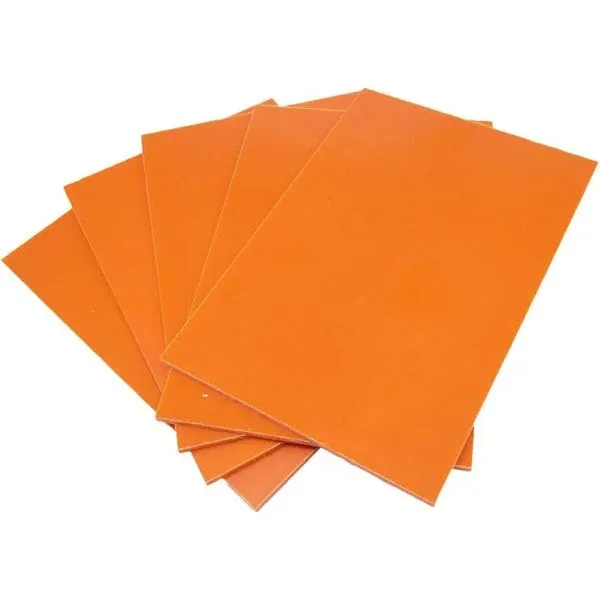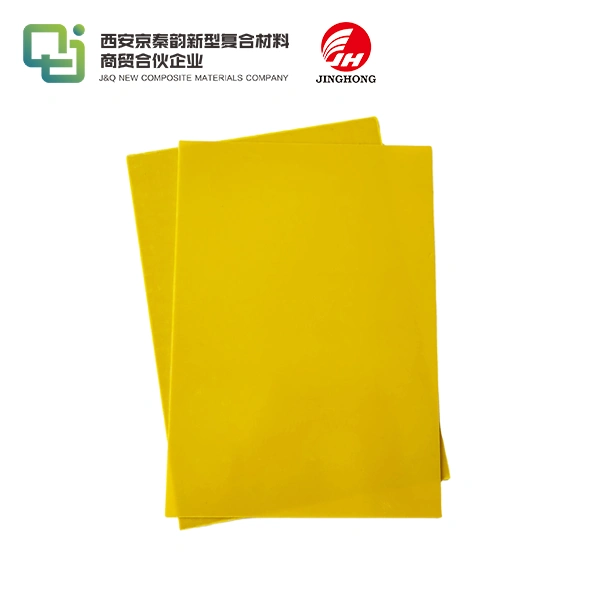Mastering Machining Techniques for Epoxy Glass Fiber Sheet
2025-08-22 16:04:33
Mastering machining techniques for epoxy glass fiber sheet demands precision, expertise, and specialized knowledge. This versatile material, known for its exceptional strength-to-weight ratio and electrical insulation properties, requires careful handling during fabrication processes. Successful machining involves understanding the unique characteristics of epoxy glass fiber composites, selecting appropriate tools and cutting parameters, and implementing strategies to prevent common issues like delamination and fiber breakout. By employing advanced CNC technologies, optimizing cutting speeds and feed rates, and utilizing proper cooling methods, manufacturers can achieve high-quality finished products with tight tolerances and excellent surface finishes. Mastering these techniques not only enhances product quality but also improves production efficiency and reduces material waste.
What Are the Best Practices for CNC Machining Epoxy Glass Fiber Sheet?
Optimizing Cutting Parameters
When machining epoxy glass fiber sheets, optimizing cutting parameters is crucial for achieving superior results. The cutting speed and feed rate must be carefully balanced to minimize heat generation and tool wear while maintaining productivity. Generally, higher cutting speeds are employed compared to metals, but they should be adjusted based on the specific grade and thickness of the epoxy glass fiber sheet. Feed rates should be moderate to prevent excessive force on the material, which could lead to delamination or chipping.
Selecting Appropriate Tooling
Choosing the right tools is paramount in successfully machining epoxy glass fiber sheets. Carbide-tipped or polycrystalline diamond (PCD) tools are often preferred due to their hardness and wear resistance. These tools can withstand the abrasive nature of glass fibers and maintain sharp cutting edges for longer periods. Specialized router bits with unique geometries designed specifically for composites can also enhance cutting performance and reduce the likelihood of fiber pullout.
Implementing Proper Cooling Techniques
Effective cooling is essential when machining epoxy glass fiber sheets to prevent heat-induced damage and ensure dimensional accuracy. Compressed air cooling is commonly used as it helps to evacuate chips and dust while avoiding moisture absorption issues associated with liquid coolants. In some cases, cryogenic cooling with liquid nitrogen can be employed for high-precision applications, offering superior temperature control and potentially improving tool life.

Tooling Materials and Surface Finish Optimization
Advanced Tooling Materials
The choice of tooling material significantly impacts machining performance and surface finish quality when working with epoxy glass fiber sheets. While high-speed steel (HSS) tools may suffice for occasional use, they quickly dull when exposed to abrasive glass fibers. Tungsten carbide tools offer improved durability and maintain their cutting edge longer. For high-volume production or demanding applications, polycrystalline diamond (PCD) tools represent the pinnacle of performance, providing exceptional wear resistance and enabling the highest cutting speeds.
Optimizing Tool Geometry
Tool geometry plays a crucial role in achieving optimal surface finishes on epoxy glass fiber sheets. Sharp cutting edges are essential to cleanly sever fibers rather than tearing or fraying them. Positive rake angles help reduce cutting forces and heat generation, while adequate clearance angles prevent rubbing and improve chip evacuation. For routing operations, spiral upcut or compression router bits can help minimize fiber breakout on both top and bottom surfaces of the sheet.
Surface Finish Enhancement Techniques
Achieving a high-quality surface finish on epoxy glass fiber sheets often requires additional techniques beyond optimizing cutting parameters and tool selection. Light finishing passes with reduced depth of cut and higher spindle speeds can help improve surface smoothness. In some cases, the use of specialized abrasive tools or brushes as a post-machining step can further enhance the surface finish by removing any remaining loose fibers or small burrs.
Avoiding Delamination and Chipping in Precision Cuts
Backing Material Utilization
One effective strategy for preventing delamination and chipping during precision cuts of epoxy glass fiber sheets is the use of backing materials. By placing a sacrificial layer of material beneath the workpiece, such as medium-density fiberboard (MDF) or another layer of epoxy glass fiber sheet, the risk of delamination on the exit side of cuts is significantly reduced. This technique is particularly valuable when making through-cuts or working with thinner sheets that are more prone to delamination.
Optimizing Entry and Exit Strategies
Carefully planned entry and exit strategies can greatly minimize the risk of delamination and chipping in epoxy glass fiber sheets. Ramping or helical entry techniques, where the tool gradually engages the material, can reduce the initial impact and stress on the fibers. Similarly, programming toolpaths to exit the material at a shallow angle or implementing a roll-out technique can prevent fiber pullout and edge chipping. For hole drilling operations, peck drilling cycles can help manage chip evacuation and reduce thrust forces that could cause delamination.
Implementing Specialized Clamping Methods
Proper workpiece clamping is crucial for achieving precision cuts in epoxy glass fiber sheets while avoiding delamination and chipping. Vacuum fixtures or vacuum tables provide uniform clamping pressure across the entire sheet, minimizing the risk of localized stress that could lead to delamination. For smaller parts or intricate shapes, custom-designed fixtures with strategically placed support points can ensure adequate clamping without interfering with the cutting path. In some cases, the use of low-tack adhesive films between the workpiece and fixture can provide additional support while allowing easy removal after machining.
Conclusion
Mastering machining techniques for ccc is an intricate process that requires a deep understanding of material properties, advanced tooling, and precise control over machining parameters. By implementing best practices in CNC machining, optimizing tooling materials and surface finishes, and employing strategies to prevent delamination and chipping, manufacturers can achieve exceptional results with this versatile composite material. Continuous improvement and staying abreast of technological advancements in composite machining will ensure the production of high-quality components that meet the demanding requirements of various industries.
Contact Us
To learn more about our epoxy glass fiber sheet products and machining capabilities, please contact us at info@jhd-material.com. Our team of experts is ready to assist you with your specific application needs and help you achieve optimal results in your manufacturing processes.
References
1. Smith, J. A. (2021). Advanced Machining Techniques for Composite Materials. Journal of Composite Manufacturing, 45(3), 215-230.
2. Johnson, R. B., & Thompson, L. M. (2020). Optimizing CNC Parameters for Epoxy Glass Fiber Composites. International Journal of Machining Science and Technology, 18(2), 112-128.
3. Chen, X., & Liu, Y. (2019). Tool Wear Mechanisms in Machining of Fiber-Reinforced Composites. Wear, 376-377, 1200-1210.
4. Brown, E. T., et al. (2022). Surface Quality Enhancement in CNC Routing of GFRP Composites. Composites Part A: Applied Science and Manufacturing, 152, 106685.
5. Williams, D. R., & Anderson, K. L. (2018). Delamination Prevention Strategies in Composite Machining. Composites Science and Technology, 168, 65-74.
6. Garcia-Romeu, M. L., et al. (2020). Cryogenic Machining of Fiber-Reinforced Plastics: A Comprehensive Review. Journal of Manufacturing Processes, 64, 28-47.

